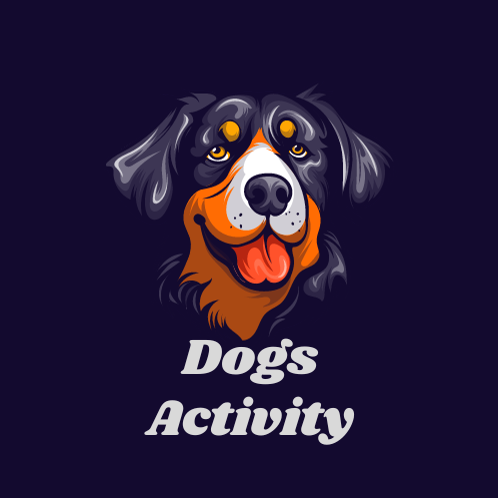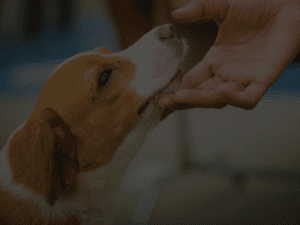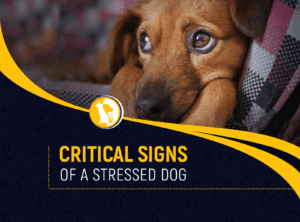
Introduction
Dogs have long been regarded as man’s best friend, and the bond between humans and their canine companions is unparalleled. As dog owners, we often find ourselves wondering about the depth of our furry friends’ emotions. One common question that arises is, “Do dogs miss their owners?” Unraveling the mysteries of canine emotions is a complex task, but recent research and observations shed light on the depth of the human-dog connection. In this article, we will explore the intricacies of the bond between dogs and their owners, investigating whether dogs experience a sense of longing and attachment when their human companions are away.
The Canine-Human Bond
The unique relationship between dogs and humans is rooted in thousands of years of companionship. Dogs have evolved alongside humans, forming deep emotional connections that go beyond the simple dynamics of master and pet. Studies have shown that dogs exhibit social behaviors and emotional responses that mirror those of humans, suggesting a shared evolutionary history.
When we talk about dogs missing their owners, we are delving into the realm of attachment and emotional dependency. Dogs are known for their loyalty and devotion, traits that have been selectively bred over generations. The emotional bond between a dog and its owner is often compared to the bond between parent and child, with dogs displaying behaviors indicative of attachment, such as seeking proximity, displaying joy upon reunion, and exhibiting distress when separated.
Understanding Canine Emotions
While it is clear that dogs form strong emotional bonds with their owners, the question remains: do dogs experience a sense of longing or miss their owners when they are not around? To answer this, we need to delve into the emotional spectrum of dogs and explore the evidence supporting their capacity for attachment and the emotions associated with it.
- Attachment and Bonding: Dogs are social animals that thrive on companionship. From a young age, puppies form attachments to their mothers and littermates. As they transition to life with human families, this attachment extends to their human caregivers. Studies have identified oxytocin, often referred to as the “love hormone,” as playing a crucial role in the bonding process between dogs and humans. When dogs and their owners interact positively, oxytocin levels rise in both parties, reinforcing the emotional connection.
- Separation Anxiety: One of the key indicators of a strong bond between a dog and its owner is the presence of separation anxiety. Dogs experiencing separation anxiety may exhibit behaviors such as excessive barking, destructive chewing, and house soiling when left alone. These behaviors are often interpreted as signs of distress and a longing for the owner’s return. Separation anxiety underscores the emotional impact of being separated from a beloved human companion.
- Reunion Behaviors: Observing a dog’s behavior upon the return of its owner provides valuable insights into the depth of their emotional connection. Many dog owners have witnessed the sheer joy and excitement expressed by their dogs when they return home. This joyful reunion, characterized by tail wagging, jumping, and vocalizations, reflects the relief and happiness dogs experience upon being reunited with their owners.
- Social Referencing: Dogs are adept at reading human emotions and using social referencing to navigate their environment. Research indicates that dogs look to their owners for cues on how to react in unfamiliar or uncertain situations. This reliance on their owners as a source of emotional support further emphasizes the emotional significance of the human-dog bond.
Evidence from Studies
Several scientific studies have explored the emotional lives of dogs and provided compelling evidence supporting the idea that dogs do, indeed, miss their owners. These studies employ a variety of methodologies, including behavioral observations, physiological measurements, and neuroimaging techniques.
- Behavioral Studies: Behavioral studies have been instrumental in uncovering the emotional responses of dogs to the absence of their owners. For example, a study published in the journal “Applied Animal Behaviour Science” found that dogs display increased vocalizations and restlessness when separated from their owners. These behaviors suggest a heightened state of arousal and distress in the absence of familiar human companionship.
- Physiological Measurements: Physiological indicators, such as heart rate and cortisol levels, offer objective measures of a dog’s stress response during periods of separation. Research published in “Physiology & Behavior” found that dogs experienced elevated cortisol levels when separated from their owners, indicating a stress response. These physiological changes align with the behavioral manifestations of distress observed in dogs experiencing separation anxiety.
- Neuroimaging Research: Advancements in neuroimaging technologies have allowed researchers to explore the neural mechanisms underlying the human-dog bond. Functional magnetic resonance imaging (fMRI) studies have revealed that certain brain regions associated with reward and positive emotions are activated in dogs when exposed to the scent of their owners. This neurological response provides further evidence of the emotional significance of the human-dog relationship.
Practical Observations and Anecdotal Evidence
Beyond the realm of scientific studies, the everyday experiences of dog owners offer valuable insights into the emotional lives of dogs. Countless anecdotes recounting the behavior of dogs during their owners’ absence contribute to the collective understanding of canine emotions.
- Greeting Rituals: Many dog owners can attest to the enthusiastic and heartfelt greetings they receive upon returning home. Dogs often engage in exuberant displays of affection, reinforcing the idea that they experience a sense of joy and relief when reunited with their owners.
- Depression and Behavioral Changes: In cases where dogs are separated from their owners for extended periods, some may exhibit signs of depression or changes in behavior. Reduced activity levels, loss of appetite, and withdrawal are behaviors that align with the emotional toll of missing a loved one.
- Bonding with Substitutes: Dogs are known for forming strong attachments not only to their primary owners but also to other significant figures in their lives. In situations where the primary owner is absent, dogs may form strong bonds with secondary caregivers, further highlighting their capacity for emotional connections.
The Role of Routine and Familiarity
The routine and familiar surroundings play a significant role in a dog’s sense of security and well-being. Dogs are creatures of habit, and disruptions to their daily routines can be sources of stress. When owners are consistent in their interactions, feeding schedules, and daily activities, dogs feel a sense of predictability and security. Absence disrupts this routine, leading to a potential emotional response in the form of distress or longing.
Ways to Alleviate Separation-Related Distress
Understanding that dogs may experience a sense of longing for their owners prompts responsible dog ownership to address separation-related distress. Here are some strategies to help alleviate separation anxiety and promote a positive emotional experience for dogs:
- Gradual Departures and Returns: Gradual departures and returns can help desensitize dogs to the comings and goings of their owners. By making these events less abrupt, dogs may feel less anxious about the departure and more secure about the return.
- Enrichment and Distraction: Providing dogs with enrichment activities and distractions, such as puzzle toys and interactive feeders, can help keep their minds engaged in a positive way during periods of alone time.
- Comfort Items: Leaving familiar items, such as blankets or toys that carry the owner’s scent, can provide a source of comfort for dogs in their owner’s absence.
- Training and Desensitization: Training exercises that focus on desensitizing dogs to short periods of separation can be beneficial. Gradually increasing the duration of alone time and rewarding calm behavior can help build a dog’s confidence.
Conclusion
In conclusion, the question of whether dogs miss their owners can be answered with a resounding “yes.” The evidence from scientific studies, behavioral observations, and anecdotal experiences all point to the profound emotional connection that exists between dogs and their human companions. Dogs are not merely pets; they are sentient beings capable of experiencing a range of emotions, including joy, distress, and longing.
As responsible dog owners, recognizing and understanding the emotional needs of our canine friends is crucial. By fostering a positive and secure environment, addressing separation-related distress, and nurturing the bond through consistent interactions, we can contribute to the well-being and happiness of our furry companions. The depth of the human-dog connection is a testament to the richness and complexity of the emotional lives of these incredible animals, reminding us of the privilege and responsibility that come with being entrusted with their care.



